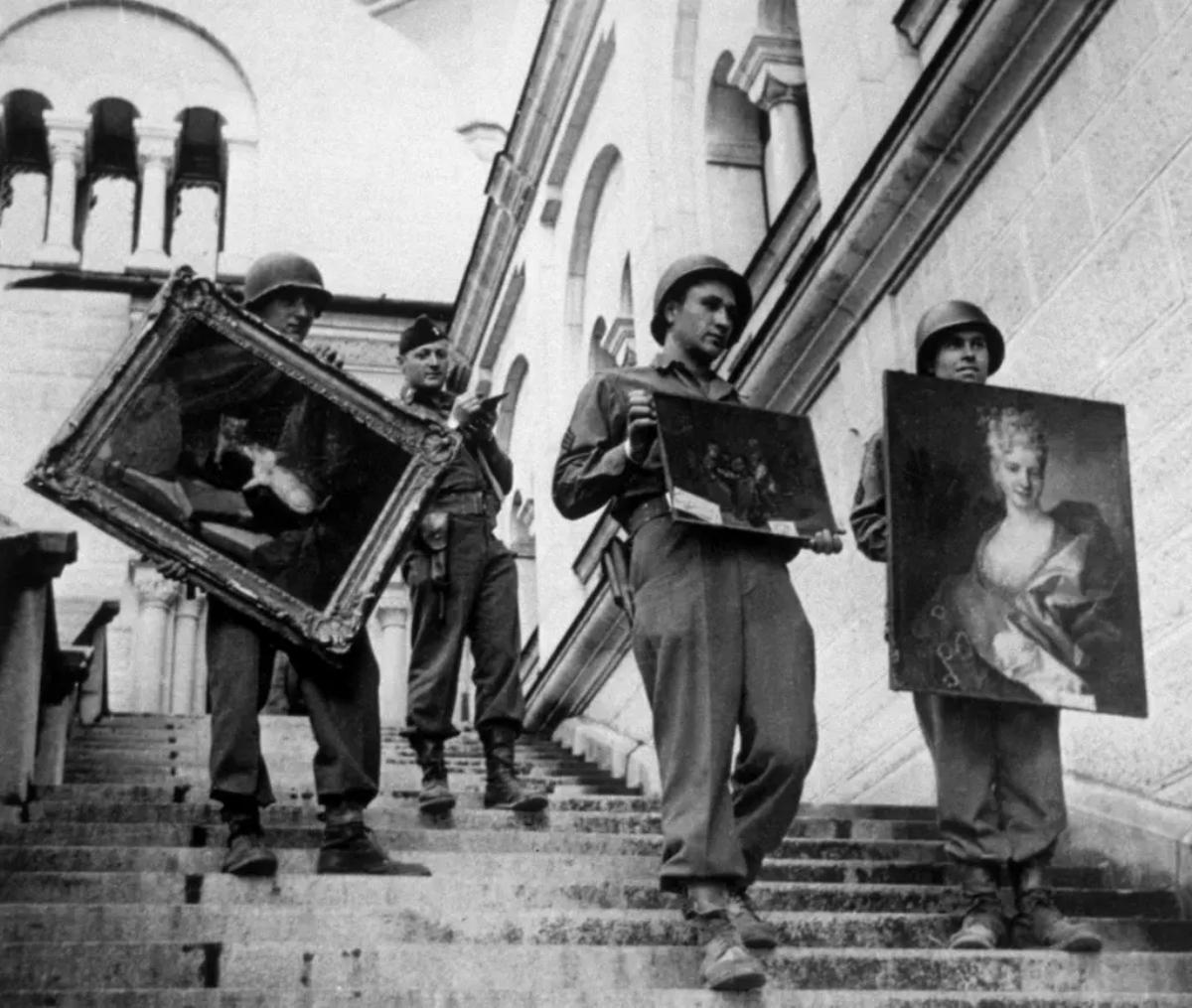Christie’s kicked off a year-long programme focusing on the restitution of works of art seized as a result of Nazi persecution with a round table discussion in Paris last week. The global series of initiatives, which includes events in Vienna, Berlin, London, New York and Tel Aviv, marks the 25th anniversary of the Washington Conference Principles on Nazi-Confiscated Art, which were signed on 3 December 1998 with the aim of finding a new way forward for victims and their heirs to research, locate and recover missing art.
Before the round table began, Cécile Verdier, the president of Christie’s France, noted how it the auction house's "responsibility [...] to do everything possible to establish [the provenance of] the works that we present for sale and to participate in resolution [between the buyer and the seller]".
Moderated by The Art Newspaper's editor-at-large Georgina Adam, the discussion featured David Zivie, the head of a department in the French culture ministry about the research and restitution of cultural goods confiscated between 1933-1945; Emmanuelle Polack, an art historian charged with tracing the origins of the Musée du Louvre’s acquisitions between 1933-1945; Didier Schulmann, a former heritage conservator at the Centre Pompidou; Claire Gimpel Touchard, the granddaughter of art dealer René Gimpel; and artist-researcher Raphaël Denis. Denis has curated an exhibition at Christie’s about Gimpel’s archives, including handwritten letters.
Zivie referred to how France is proposing three new laws to facilitate the restitution of confiscated works. “It’s to find a fair solution to the situation for families that were dispossessed of works and the owners of dispossessed works,” Zivie said. The bills are intended to speed up the process of restitution, providing institutions with measures to return works without needing to bring the matter before parliament.
Zivie also mentioned how France had returned 15 works, including Le Père by Marc Chagall, last year. This was made possible thanks to applying a law passed on 21 February 2022 regarding the restitution of cultural goods to the beneficiaries of their owners who were victims of anti-Semitic persecution. Chagall’s painting was restituted to the heirs of David Cender, a Polish Jew from whom it had been seized.
“On the market side, sellers should do more research and present the sources [properly] and buyers should ask questions before buying about where the pieces come from,” Zivie added.
Issues pertaining to tracing provenance were key to the discussion. Gimpel Touchard talked about how she has created a digital database of the archives of her grandfather’s gallery. (As René Gimpel was Jewish, his gallery was occupied by the Germans during the Second World War and the paintings were looted, although he managed to store some works in London. René Gimpel was captured by the Gestapo and died in a Nazi concentration camp in Germany.)
“We repatriated the archives to Paris from London and because they were fragile, we realised that we ought to digitise them so they’d be available to [researchers] all over the world,” Gimpel Touchard explained. Whilst perusing the archives, she stumbled upon a work by Monet that had been sold by Christie’s in 2015. “We decided to help [establish] its provenance. [...] Seventy years after the war, galleries should open their archives," she said.
For Polack, the task of restitution also needs to be continued by the upcoming generation. “In museums, increasingly more young people want to work on these subjects. Every day, I receive requests for internships on this subject,” she said.
Polack’s research tracing the trajectory of Thomas Culture’s painting Portrait d’une jeune femme assise, led to its restitution in 2019 to its rightful owner. The painting had been looted by the Nazis and was seized in 2012 among a hoard of 1,258 artworks in the Munich apartment of Cornelius Gurlitt, son of Hitler’s art dealer Hildebrand Gurlitt.
Crucially, the heir of the original owner told Polack that the archived notes referred to part of the canvas of being restored. This prompted Polack to ask the restorer in Munich if an accident had occurred on the canvas, highlighting the need for methods “to match” archived notes with the materiality of a work.
Meanwhile, Schulmann was emphatic that the spoliation of artworks should be recognised as a “crime” and that all players, from institutions to auction houses, should hold themselves accountable. He said: “It’s a question of deontology, it’s for each person to reflect upon their moral responsibility […]. There needs to be absolute transparency about how an artwork is sourced.”
For Denis, the issue of restitution seems straightforward: “If one’s the owner of a painting that is covered by blood, one should restitute it for one’s own karma.”


